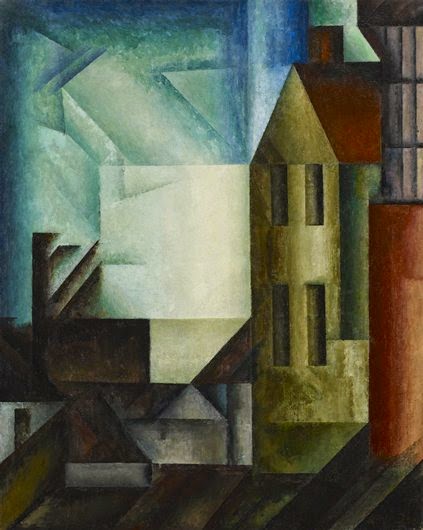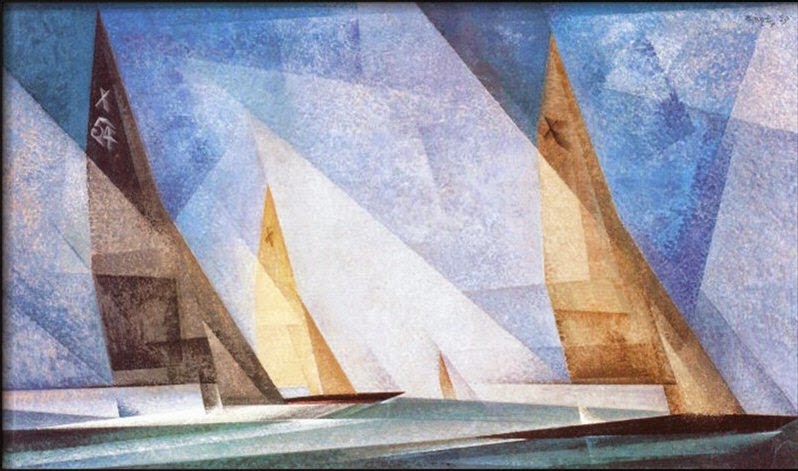Earl Somers Cordrey (1902-1977) spent his life and career in southern California aside from the 15 years (1927-1942) he was in the New York area, the heartland of American publishing and illustration in those days.
Biographical information about him on the Internet is thin indeed; the most I could find is here. A source containing a number of samples of his work is here.
Regardless of the medium he used, Cordrey favored the clean, very slightly simplified type of image that was fashionable in the 1930s.
Gallery
Young woman - 1936
Story illustration, Woman's Home Companion - 2 April 1937
Duraglas advertisement - 1941
Story illustration - ca. 1941
Mallory Hats advertisement - 1942
Cordrey illustrated for Mallory for several years, but the company was sold to Stetson in 1946 and the brand was essentially gone by the mid-1950s.
Story Illustration - early-mid 1940s
Collier's story illustration - 1944
Palm Springs publicity illustration
Cordrey must have moved to this resort area by the 1950s because he was busy with the local magazine as well as publicity work such as shown here. His shift to a cartoon style is striking, but hardly unknown to illustrators intent on economic survival.
Biographical information about him on the Internet is thin indeed; the most I could find is here. A source containing a number of samples of his work is here.
Regardless of the medium he used, Cordrey favored the clean, very slightly simplified type of image that was fashionable in the 1930s.
Young woman - 1936
Story illustration, Woman's Home Companion - 2 April 1937
Duraglas advertisement - 1941
Story illustration - ca. 1941
Mallory Hats advertisement - 1942
Cordrey illustrated for Mallory for several years, but the company was sold to Stetson in 1946 and the brand was essentially gone by the mid-1950s.
Story Illustration - early-mid 1940s
Collier's story illustration - 1944
Palm Springs publicity illustration
Cordrey must have moved to this resort area by the 1950s because he was busy with the local magazine as well as publicity work such as shown here. His shift to a cartoon style is striking, but hardly unknown to illustrators intent on economic survival.













































%2B-%2B1922.jpg)























%2B-%2B1922.jpg)




%2B-%2B1936.jpg)













































%2B-study%2Bfor%2BThe%2BVirgin%2Band%2BChild%2B-%2B1884-85.jpg)






%2B-%2B1904.jpg)









.jpg)






.jpg)




.jpg)












.jpg)


.jpg)
